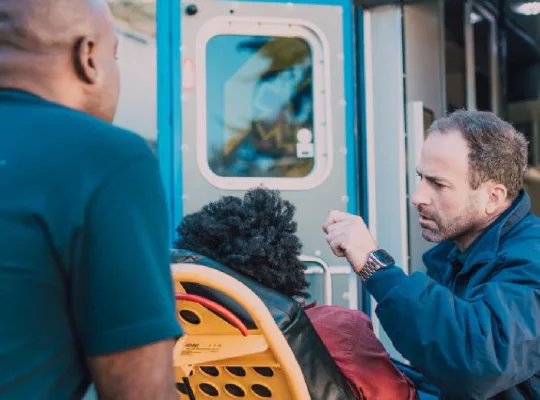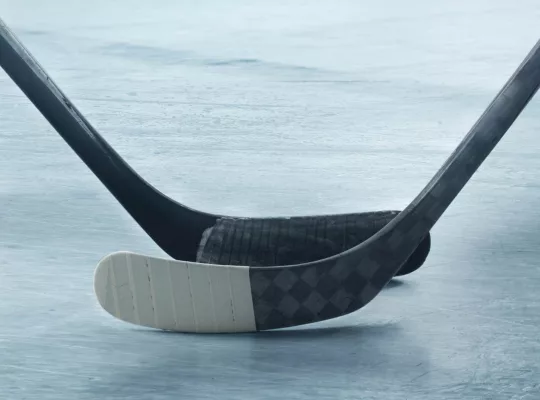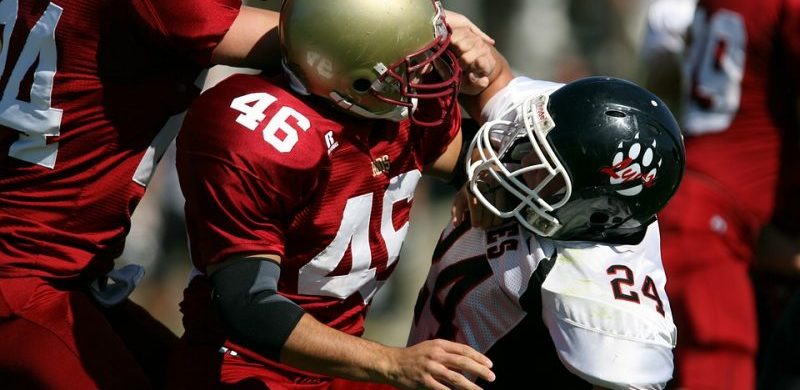
Believe it or not, fall is right around the corner. Summer sports seasons (and the Summer Olympics) are coming to an end. We are slowly closing in on the season of football, soccer, field hockey, and other outdoor sports. As with any sport, there is a high risk of injury. However, these contact sports make players more injury prone than most other sports. Players and bystanders must be aware of the risks that come with participating in each sport. We should be aware of how to take preventative measures and to provide first aid for different injuries for better football safety.
Football Injuries
Football is perhaps the most popular fall sport, and is by no means low-risk; in fact, it leads all other sports in the number of injuries, making football safety a top priority. In a 2007 study, it was found that more than 920,000 athletes under the age of 18 were treated for football-related injuries in the US alone. This is due not only to the high-contact nature of the sport but also due to muscle overexertion and overuse. The most common football-related injuries are concussions and injuries involving interior muscle and ligament trauma, such as a torn ACL. These injuries are also common in other fall sports like soccer or field hockey.
Concussions
Initial treatment of a concussion is equally as important as long-term care, especially for a severe concussion. Firstly, you must check for any exterior head trauma and bleeding. Bleeding can be a good gauge on the severity of the injury, but determination on whether or not a concussion has occurred can not be based solely on that – assessing the victim’s physical symptoms (loss of consciousness, double vision, vomiting, light sensitivity, loss of balance) are more telling signs of a concussion. After assessing that there is a concussion, it is always good to apply ice or a cold pack to the wound. If there is a visible bruise, apply ice every couple of hours to reduce swelling. Do not apply pressure to the wound or anywhere on the head, as it could further damage the injury and cause pain to the person.
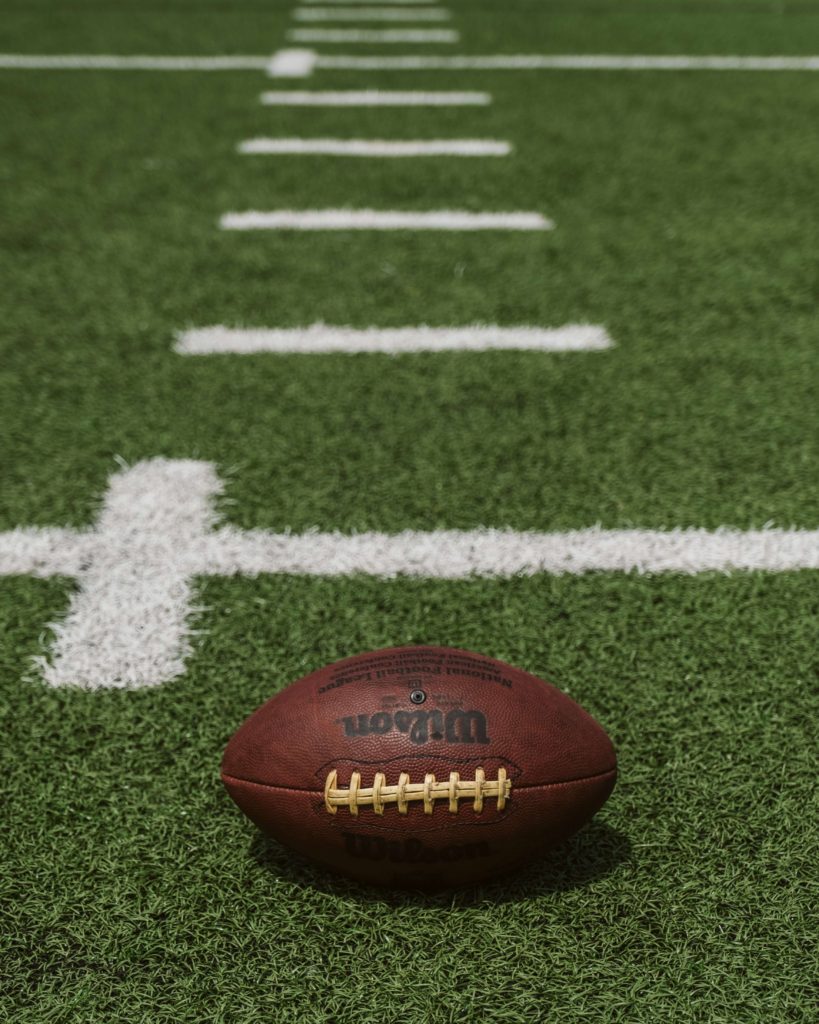
Concussion Protocol
Always make sure to pull players from the sport when they are experiencing symptoms of a concussion. The sport will never be as important as their health. Ideally, it is a minor concussion, and they would not have to miss too many games. However, even if they have to miss a season at a doctor’s recommendation, this is the wisest plan of action.
Concussion Treatment
Acetaminophen and Ibuprofen are ideal over-the-counter pain relievers to help reduce headaches or migraines that can occur in the event of a concussion. It is possible that concussions may be misdiagnosed – it is always good to get the opinion of a medical professional. A person showing symptoms of concussion should rest and not take part in any stimulating activity and should be monitored closely for 24 hours. The risk of concussion can be greatly reduced by making sure the helmet is properly fitted before the season begins, and making sure to tackle with the head up rather than leaning into the tackle headfirst.
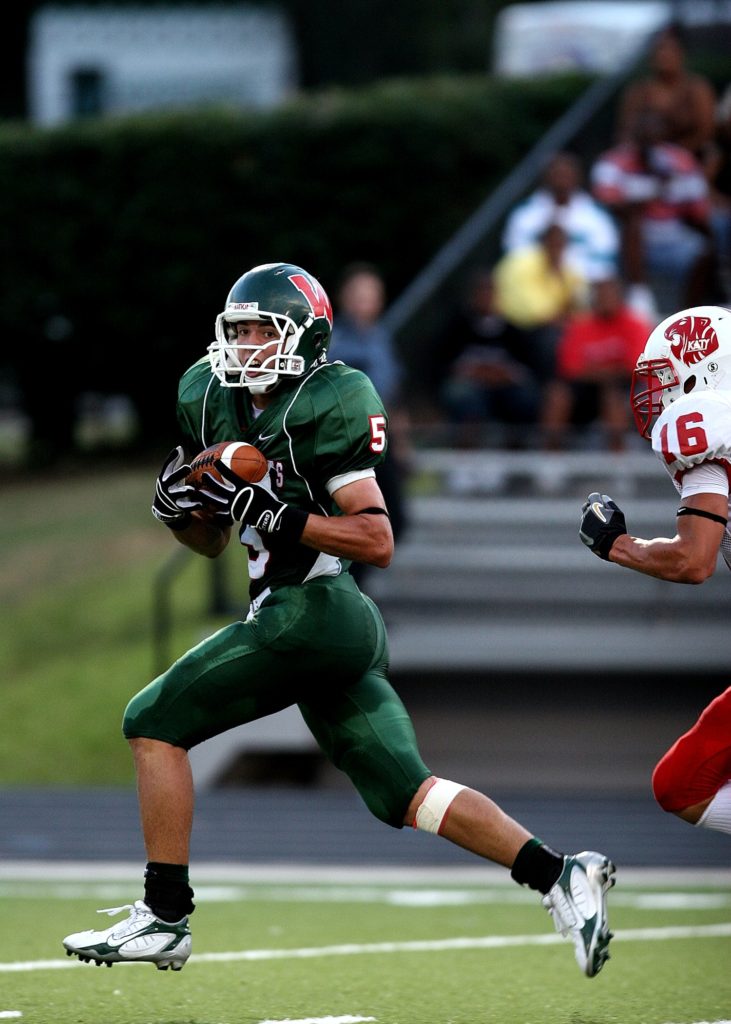
ACL Injuries
A torn anterior cruciate ligament (ACL) can happen if you overextend your knee or get tackled from the side. The other ligaments in your leg are at risk as well. An ACL tear also comes along with damage to another muscle or ligament in the leg. Symptoms of a torn ligament include swelling, pain when they put weight on the leg. You will also likely hear a popping sound at the time of injury. These injuries are as serious as concussions. While a ligament can heal, the injury can have long-term effects on the player. Of course, this will affect their long-term performance even after the ligament is restored.
Initial first aid of a torn ligament is important as it can help reduce the pain. Elevating the leg, icing the pained area, and use of anti-inflammatory drugs like acetaminophen and ibuprofen are beneficial. In most cases, a medical professional will require physical therapy until it has healed. The use of knee braces or supports and patella straps can reduce the risk of a torn ligament. Proper knowledge of how to reduce the pressure put on your ACL can also reduce overexertion, risk, or damage.
Sources and Further Reading: Stop Sports Injuries, The NY Times
Here at e-FirstAidSupplies, we have put together some Sports First Aid Kits to make sure you have everything you need on for football safety on the sidelines this season. Shop our Sports Safety Kits here.

